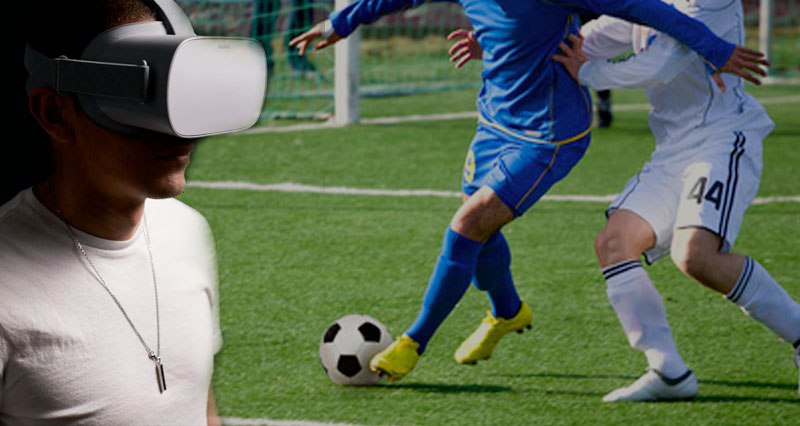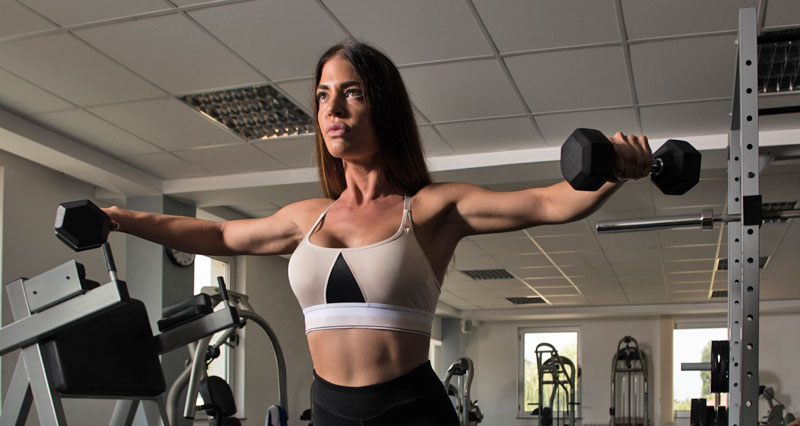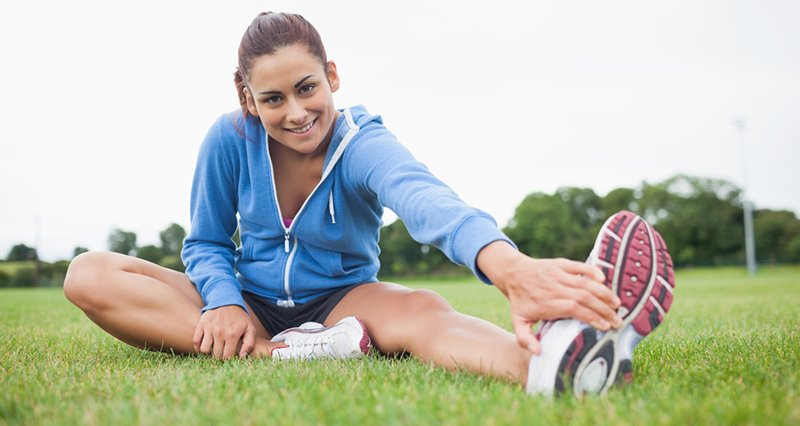Wobble balance board exercises are important for rehabilitation of lower leg injuries, especially ankle sprains. Simply strengthening muscles is not enough, you need to improved you ‘proprioception’ if you want to avoid future injuries.
What are the benefits?
Wobble board exercises are effective for improving your sense of proprioception, which is strongly linked to balance. Exercises can start at a very easy level which is suitable for everyone and can easily be progressed to more challenging exercises for even the most advanced athlete.
There are several different types of balance boards available. They mainly vary in size and material, although rocker boards and wobble cushions are also available and work in a very similar way.
Wobble boards are most commonly used in the rehabilitation of ankle injuries such as ankle sprains, although they should also be used for other lower leg and knee injuries. They can also be used for upper limb injuries, especially the shoulder. This is important for people involved in throwing or similar activities.
Balance board exercises are best performed in bare feet and on a soft floor such as a carpet (not deep-pile!) or a rug or mat, rather than a hard floor such as wood as the board is liable to slip. If you are new to this, ensure there is a wall or something close by that you can reach for if you lose your balance.
Wobble board exercises
The following wobble balance board exercises start easy and get progressively harder.
1. Whilst sitting down place the wobble board under the feet and slowly rotate it a number of times in each direction. This is good for improving ankle range of motion and control.
2. Stand on the wobble board, feet shoulder-width apart. Hold on to a chair for support if needed and rock the board forwards and backward, then side to side. Do this for 2 to 3 minutes.
3. Stand on the wobble board, feet shoulder-width apart. Rotate the wobble board around so that the edge of the board is in contact with the floor at all times. Again try this for 2 to 3 minutes.
4. Balance on the wobble board for as long as you can without the edges touching the floor. Aim for over 2 minutes without touching the floor.
5. Rotate the wobble board in a circle but do not allow the edge of the board to touch the floor. Aim for 2 minutes.
6. Balancing on the board with both feet, perform small knee bends to challenge your balance. Gradually bend your knees further into a squat.
7. Again balancing with both feet, reach both arms out in front of you. Rotate your upper body around slowly from side to side.
8. Balancing with both feet, throw a ball against a wall and catch it on its return. You can also do this with a partner.
9. Do all of the above exercises with your eyes closed! This will make them considerably harder!
10. Stand on the wobble board with one leg. Rock the board from front to back for 1 minute and then side to side for 1 minute.
11. Again stand on the wobble board with one leg only. Rotate the board in a circular motion in one direction for 1 minute then repeat in the other direction.
12. Try to balance on the wobble board with one leg only! How long can you go for?
13. Balancing on one foot, perform small knee bends to challenge your balance.
14. Still, on one foot, point your arms out in front of you and rotate the upper body from side to side.
15. Balancing with one foot, throw a ball against a wall and catch it on its return. You can also do this with a partner.
If you can master all of these exercises then your proprioception and balance are good! If not, keep working on it and you should soon see improvements.


